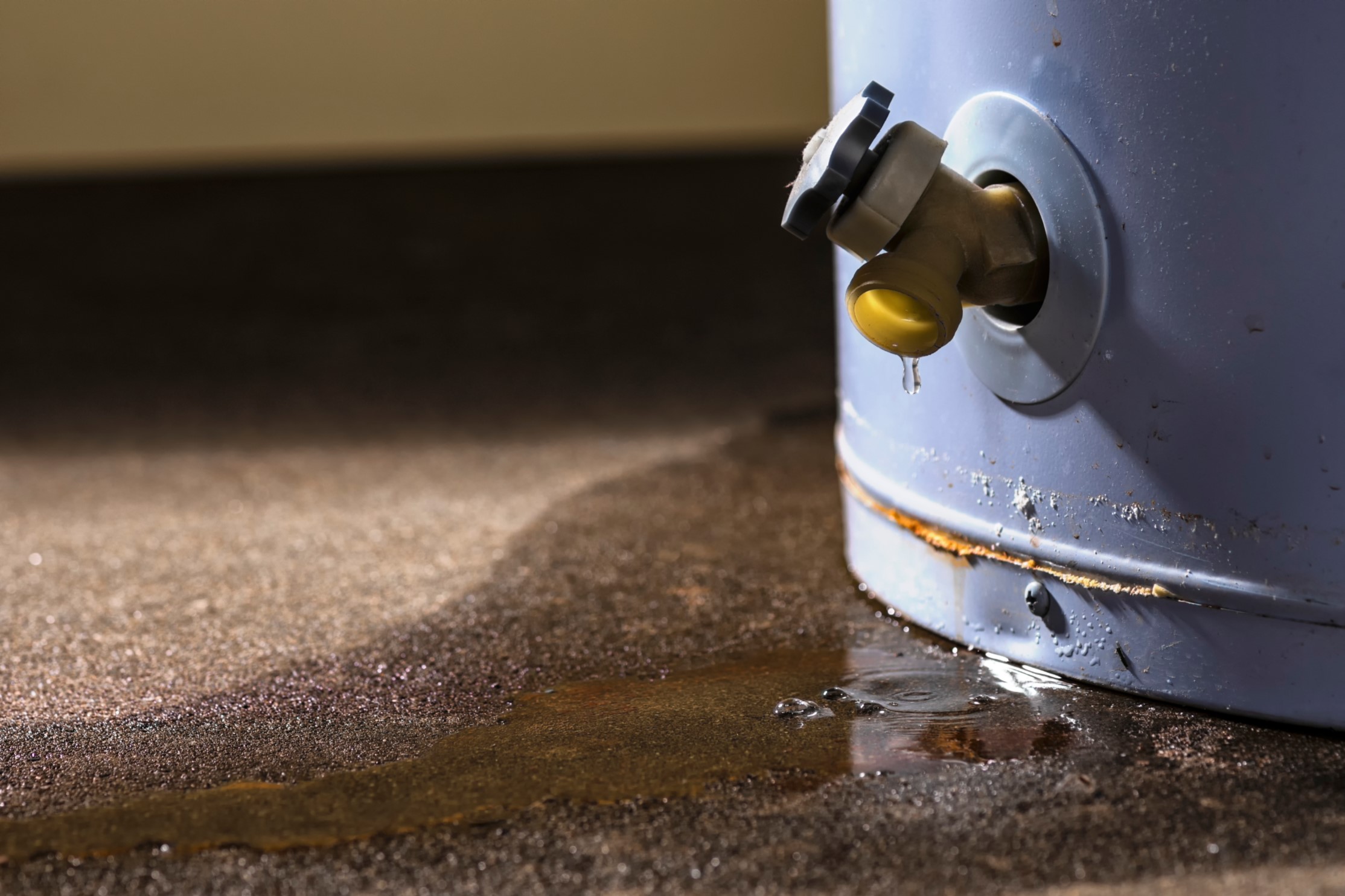Specialist Advice for Maintaining Your Home's Hot Water System
Specialist Advice for Maintaining Your Home's Hot Water System
Blog Article
Are you currently trying to locate ideas around How to Maintain a Hot Water Heater in a Few Simple Steps?

Warm water is necessary for day-to-day comfort, whether it's for a refreshing shower or washing meals. To guarantee your warm water system runs successfully and lasts much longer, routine upkeep is vital. This post offers useful suggestions and insights on how to maintain your home's hot water system to avoid disruptions and costly repairs.
Introduction
Maintaining your home's hot water system might seem challenging, yet with a couple of simple actions, you can guarantee it runs efficiently for many years to find. This guide covers whatever from comprehending your hot water system to do it yourself upkeep pointers and knowing when to contact specialist aid.
Relevance of Keeping Your Warm Water System
Routine maintenance not only extends the lifespan of your warm water system however also guarantees it runs efficiently. Neglecting upkeep can result in lowered effectiveness, higher power expenses, and also early failure of the system.
Indicators Your Hot Water System Demands Maintenance
Recognizing when your hot water system requires interest can prevent major concerns. Watch out for signs such as irregular water temperature, weird noises from the heating system, or rusty water.
Recognizing Your Hot Water System
Before diving right into maintenance tasks, it's handy to comprehend the basic parts of your hot water system. Typically, this consists of the water heater itself, pipelines, anode poles, and temperature controls.
Month-to-month Maintenance Tasks
Regular month-to-month checks can assist catch small issues prior to they intensify.
Flushing the Hot Water Heater
Flushing your hot water heater removes debris buildup, enhancing performance and prolonging its life.
Monitoring and Replacing Anode Rods
Anode rods stop corrosion inside the storage tank. Evaluating and replacing them when worn is crucial.
Examining and Readjusting Temperature Settings
Readjusting the temperature settings makes certain optimal performance and safety and security.
Do It Yourself Tips for Maintenance
You can carry out numerous upkeep jobs yourself to maintain your hot water system in leading problem.
Checking for Leakages
Frequently evaluate pipes and links for leaks, as these can cause water damage and higher costs.
Evaluating Stress Relief Valves
Evaluating the stress safety valve ensures it operates correctly and stops too much pressure accumulation.
Insulating Pipes
Shielding hot water pipes minimizes warmth loss and can save energy.
When to Call a Specialist
While DIY maintenance is useful, some problems call for expert knowledge.
Complex Concerns Requiring Specialist Aid
Examples consist of major leaks, electric problems, or if your water heater is consistently underperforming.
Regular Specialist Maintenance Conveniences
Professional upkeep can consist of comprehensive examinations, tune-ups, and making certain compliance with security criteria.
Conclusion
Routine upkeep of your home's hot water system is necessary for efficiency, longevity, and expense financial savings. By following these ideas and recognizing when to look for professional assistance, you can make certain a dependable supply of hot water without unforeseen disruptions.
Water Heater Maintenance Tips
Test the TPR Valve
Shut off the power and the cold-water supply valve. Place a bucket under the pipe connected to the temperature-pressure-release (TPR) valve on the top or side of the tank. (This valve opens if the tank pressure gets too high.) Lift the valve’s tab to let some water out, then let go. If water keeps flowing, drain the tank partway, unscrew the old valve with a pipe wrench, and install a new one. Check the Anode Rod
Put a hose to the tank’s drain cock and let out a few gallons of water. Now fit a 1 1/16-inch socket onto the rod’s hex head on top of the heater (or under its top plate) and unscrew the rod. If it’s less than ½ inch thick or coated with calcium, buy a new one, wrap its threads with Teflon tape, put it back in the tank, and tighten securely. Use this segmented rod if headroom above the tank is limited. Drain the Tank and Wash Out Sediment
Drain the remaining water in the tank into the bucket, then stir up the sediment on the tank’s bottom by briefly opening the cold-water supply valve. Drain and repeat until clean water comes out of the hose. Close the drain cock, refill the tank, and turn its power back on. Adjust the Temperature
Find the temperature dial on the side of the tank and unscrew its cover. Adjust the dial to 120 degrees using a flathead screwdriver. For every 10 degrees the temperature is lowered, you can expect to save up to 5 percent in energy costs. Turn the water heater off or the thermostat down to its lowest setting if you plan to be away from home for more than three days. Insulate the Pipes
Buy some self-sticking 3/8-inch-thick foam pipe insulation that matches the pipes’ diameter. Slide the foam over the hot-and cold-water pipes as far as you can reach. Insulating the cold-water pipe prevents condensation in summer. Peel the tape and squeeze the insulation closed. If the pipe is 6 inches or less from the flue, cover it with 1-inch-thick unfaced fiberglass pipe wrap. https://www.thisoldhouse.com/plumbing/21016402/how-to-maintain-a-water-heater

Do you really like reading up on What Kind of Maintenance Do Water Heaters Need?? Post feedback directly below. We will be pleased to listen to your feelings about this page. We hope to see you back again in the future. Do you know about another individual who is sincerely interested in How to Maintain Your Water Heater & Prolong its Life? Why not share it. Many thanks for being here. Don't hesitate to check our site back soon.
Free Quote Report this page